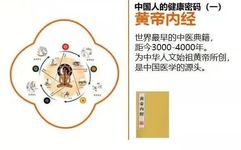Dao Yin An Qiao
is one of the six subtle techniques of ancient Chinese medicine, not a folk art.
Some people believe that the treatment of acupuncture points is no different from the “tuina, massage, guasha, and cupping” found everywhere, just that the techniques are better, the teachers are more serious, and the effects are somewhat better. It is not surprising that there are such views; as Chinese people, we have come to misunderstand our own medical culture.
This situation is one of the reasons for the decline of traditional Chinese medicine, which we often refer to as ancient Chinese medicine.
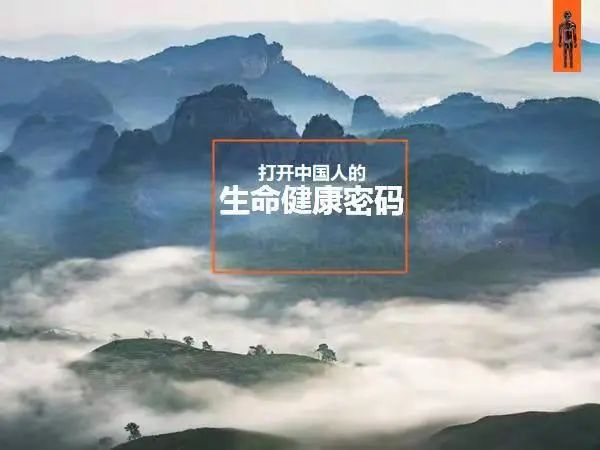
Traditional Chinese medicine has a development history of thousands of years. Our ancestors summarized and perfected a health system suitable for the Chinese people based on their unique constitution, geographical environment, climatic characteristics, and folk customs, playing a significant role in the continuation of the Chinese ethnic group and the preservation of the race. It has become the only unchanging ancient civilization in the world for five thousand years.
This comprehensive and earliest health prevention and treatment system in the world originated from the “Huangdi Neijing” (Yellow Emperor’s Inner Canon), which classifies the clinical treatment methods of traditional Chinese medicine into six types: “Eastern Bian Stone, Southern Micro-Needling, Western Poison, Northern Moxibustion, Central Dao Yin, and An Qiao,” known as the six subtle techniques of ancient Chinese medicine, also referred to as the six arts. The origins and functions of these six arts are as follows:

Eastern Bian Stone
In the East, where the sun rises, near the sea, people eat a lot of fish, which can lead to internal heat (Yin deficiency, Yang excess), causing heat to accumulate and manifest as boils. This condition is suitable for treatment with Bian stones. Thus, Bian stones originated from the East and are the earliest treatment method in Chinese medicine, which has evolved into the common practice of guasha today.
Western Poison
In the West, where the sun sets, people consume a lot of beef and lamb, leading to thick fat and strong resistance to pathogens. Illnesses in this region often arise from internal issues, making internal medication suitable. In the “Neijing,” any medicine used to treat illness is referred to as poison, not just arsenic or mercury. Why? Because the method of treating diseases in Chinese medicine is to “correct the imbalance with its opposite” or “use one to counteract another.” Hence, principles like “heat for cold,” “cold for heat,” “tonify the deficient,” and “drain the excess” are employed to restore the body to a balanced state. Therefore, the medicines used in Chinese medicine have specific tendencies, either cold or hot, warm or cool, and this tendency is referred to as poison by ancient practitioners. The source of poison is the West.
Northern Moxibustion
In the North, where it is cold and frozen, the cold can penetrate the body, making it suitable for hot moxibustion. Moxibustion can be performed with various herbs, and mugwort is just one of many herbs commonly used for this purpose.
Southern Micro-Needling
In the South, where the climate is warm, people’s skin is often exposed, making it suitable for external needling. Over two thousand years ago, needling was the most common therapy, especially in emergencies; it was the first choice for urgent care. Back then, there was no 120 emergency service or emergency department; it was needling! Needling indeed has the power to produce immediate effects and even revive the dead.
The fifth method is what we will focus on today: the ancient medical technique of Dao Yin An Qiao.
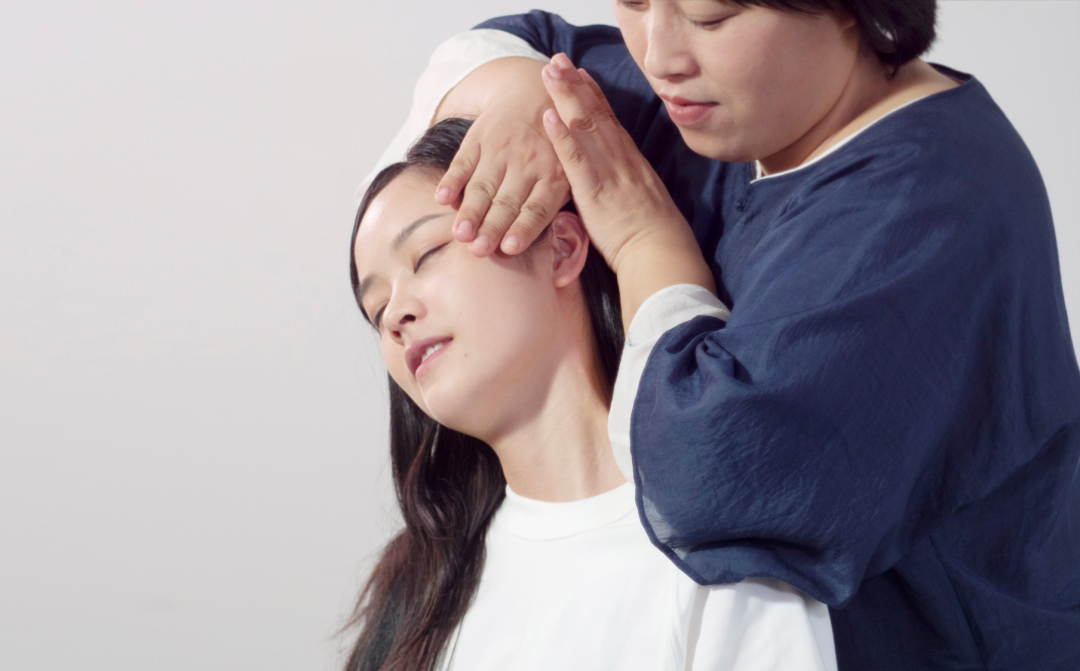
Dao Yin An Qiao is not the same as the wellness massages found everywhere today; it is the earliest method of self-healing and health maintenance practiced by ancient Chinese people, and it was the first choice of ancient physicians. The technique of Dao Yin An Qiao predates the use of herbal medicine; at that time, the Chinese had not yet learned to use herbs for healing. Through An Qiao, one can effectively communicate energy, intention, and spirit, facilitating the exchange of energy and ultimately guiding Qi and blood back to their proper places. This is not comparable to the massage or tuina of folk arts.
Thus, An Qiao is a very advanced therapeutic method. Renowned physicians like Sun Simiao, Zhang Zhongjing, and Hua Tuo all highly advocated the technique of Dao Yin An Qiao, which is why it is also known as the ancient medical technique of great physicians.
The term “Dao Yin An Qiao” is recorded in historical texts, originating from the “Huangdi Neijing” in the discussion of appropriate methods: “The central region is flat and moist, and it is where heaven and earth give birth to all things. The people eat a mixed diet without labor, hence their diseases are often due to weakness and cold heat. Therefore, treatment should be ‘Dao Yin An Qiao’…”
“Dao Yin An Qiao originates from the center”
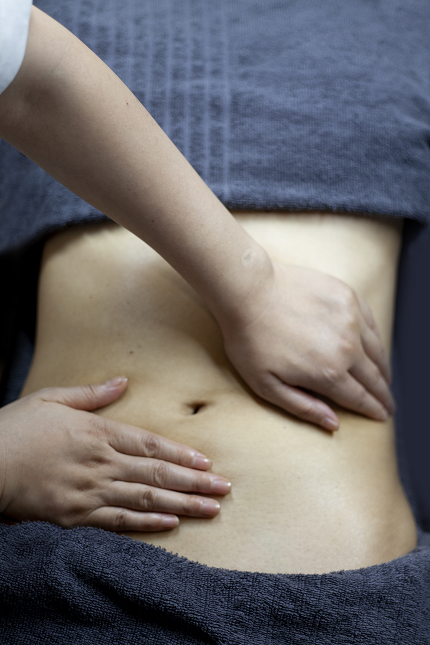
First, let’s discuss the Chinese definition of the center. This is crucial. The Chinese have a deep respect for the center because all commands and systems originate from it. The Yin Qiao in the Ren Meridian is the Yin within the center, while the Yang Qiao in the Du Meridian is the Yang within the center, one located at the front of the body and the other at the back, making it difficult to interact and resonate. Furthermore, diseases often occur in the organs, which are located centrally in the body! The abdomen is a sac filled with organs, and many diseases arise from here. Traditional Chinese medicine advocates treating diseases before they occur. But how can we treat them if we do not know where the problem lies? How can we prevent and treat diseases? The answer lies in the Dao Yin An Qiao technique, which can help identify potential issues in the body!
In the “Suwen: Discussion on the Balance of Yin and Yang,” there is a famous saying: “The imbalance of the five organs leads to the blockage of the six bowels.” This clearly tells us that the imbalance of the five organs is caused by the blockage of the six bowels. Thus, we understand that if the six bowels are not open, it can lead to changes in the five organs. Conversely, if the blockage of the six bowels is resolved, the issues of the five organs will also be easily addressed! The Dao Yin An Qiao technique commonly used in acupuncture can effectively address many modern sub-health and chronic organ issues, such as spleen and stomach disharmony and sleep problems.
Modern people eat well, exercise little, think a lot, and experience high stress! The body is generally congested, and any solution to problems must first clear the meridians (like the rivers of the Earth). If this issue is not resolved first, the effectiveness of any medication will be compromised. The adjustment method of acupuncture involves using the ancient “six subtle techniques” of Dao Yin An Qiao and moxibustion to first open and clear the body’s meridians, regulate Qi, and balance blood, followed by moxibustion, which uses herbal strips to introduce medicine through the skin after opening the meridians with An Qiao, minimizing harm to the five organs.
From the perspective of the functions of Dao Yin, there are both assisted adjustments by others and self-driven adjustments, such as Yi Jing Jin and Ba Duan Jin, etc.;
In terms of physical movement, there are standing, walking, and sitting forms of Dao Yin; there are both unassisted and assisted forms, as well as those combined with breathing exercises and purely physical movements.
Of course, for body adjustment, we need to have a correct understanding and a good mindset. Most modern problems do not form overnight (short-term issues are easier to resolve and show quick results); most are accumulated from long-term poor habits, incorrect diets, lack of exercise, and emotional blockages. Natural therapies with no side effects do require time and persistence, but through clinical observation, even chronic issues can see significant improvement and resolution with consistent cooperation.
For example, Ms. Zhao, who received acupuncture treatment, had adenomyosis and uterine fibroids. She loves traditional Chinese culture and understands the value of traditional health care, so she has consistently cooperated with the treatment. After nearly four months of relentless effort, she finally experienced a qualitative change, expelling three fibroid masses of about three centimeters each over three consecutive days, along with a bunch of smaller ones. After a few days of recovery, she appeared radiant, completely different from the weak, sallow, and emaciated state she was in when she first came for treatment. Her skin, Qi, and spirit were full and vibrant, making her look six or seven years younger than her actual age. Most importantly, she gradually cut off the soil for the regrowth of fibroids, not relying on surgical removal, which only treats the symptoms and not the root cause, leading to regrowth in a few years. Nor did she rely on strong medications that seem quick but leave new side effects and hidden dangers, which is counterproductive, akin to driving away bandits only to invite in robbers.
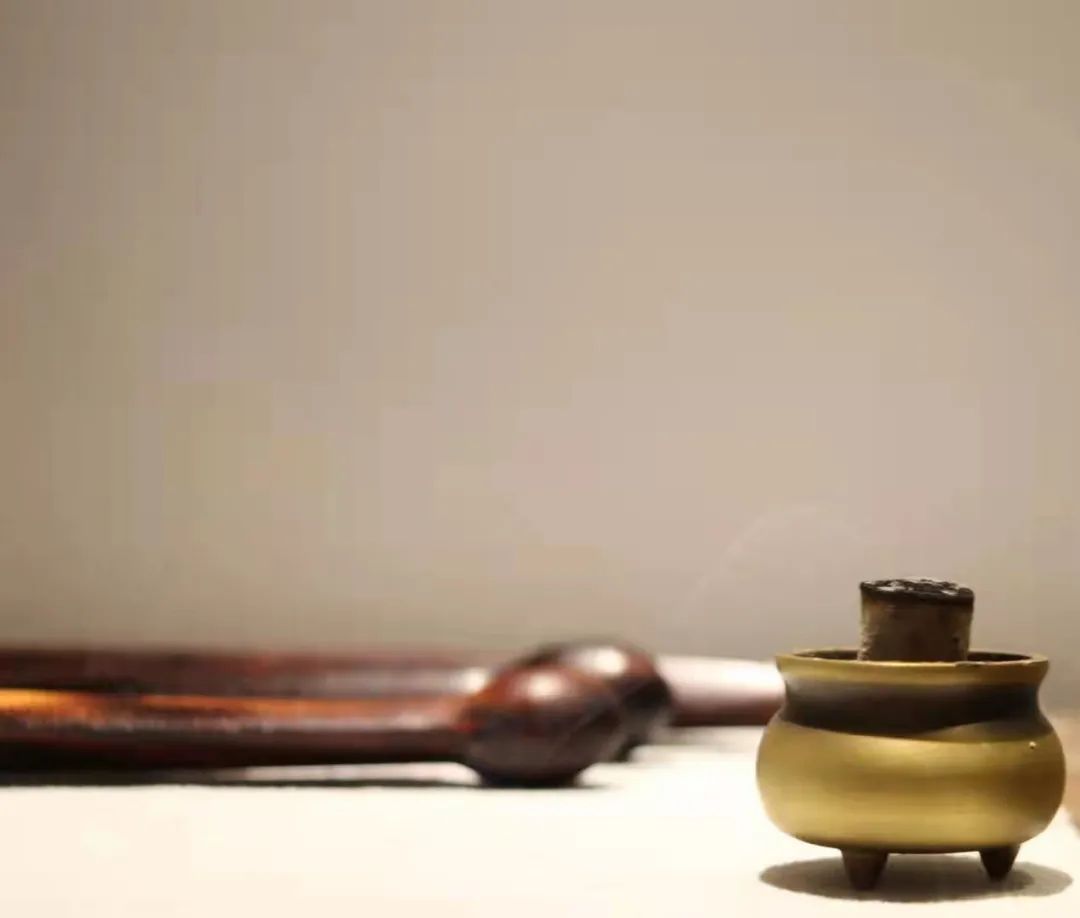
Today, health has become a topic of concern for everyone across the nation. To find the correct and suitable health adjustment methods, we need to recognize the constitution and genes of the Chinese people and understand the cultural background that supports our lives. Only by understanding these can we know how to solve current problems, where we should head in the future, and how to inherit and promote the treasures left by our ancestors, ensuring the continuity of the five-thousand-year civilization and bloodline of the Chinese people.

